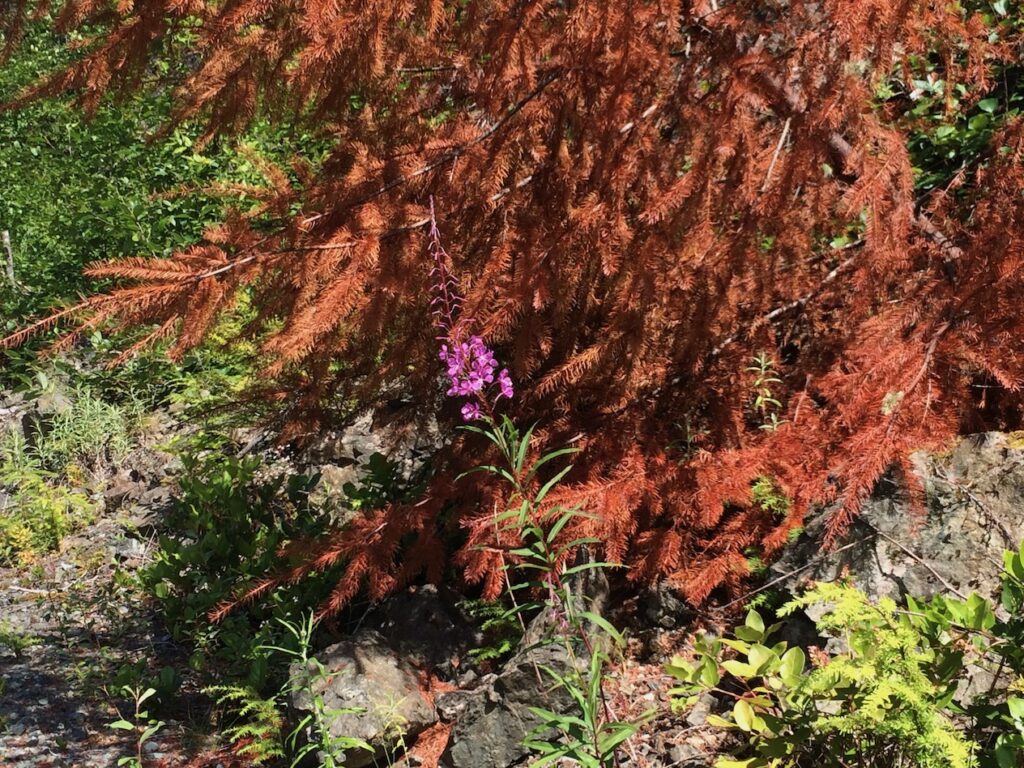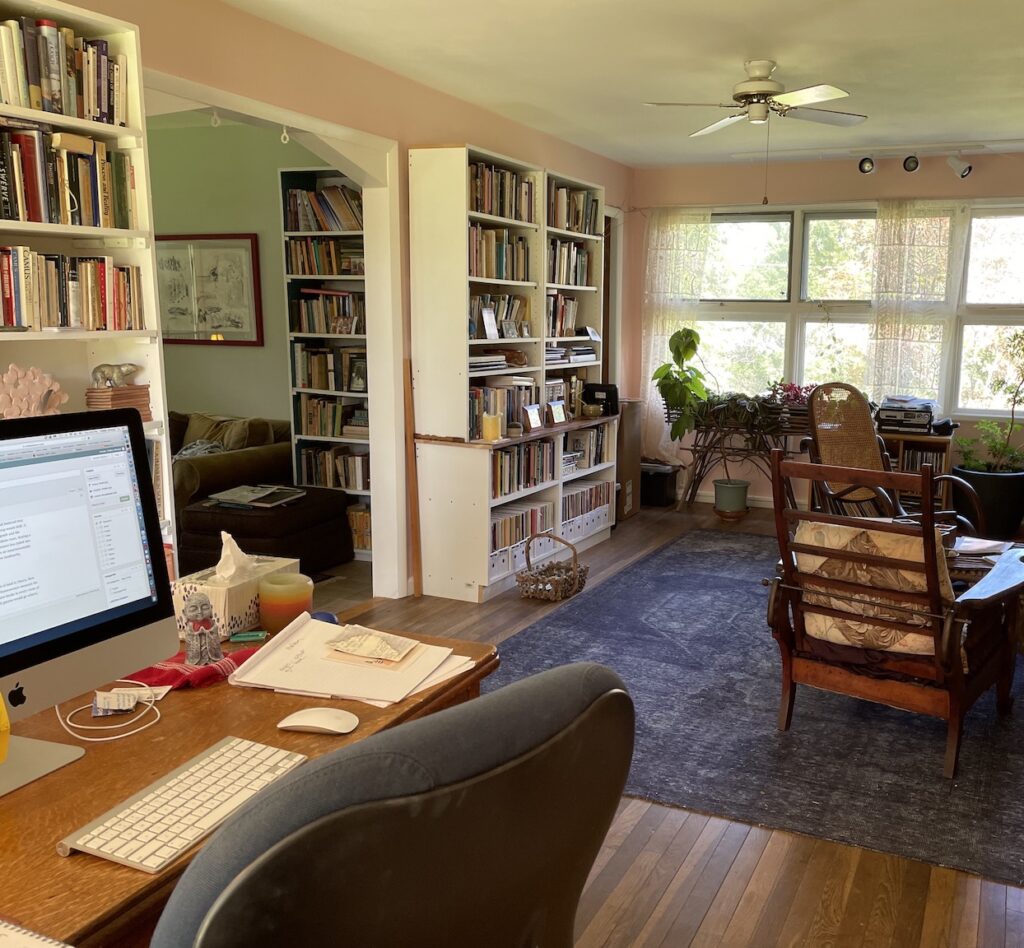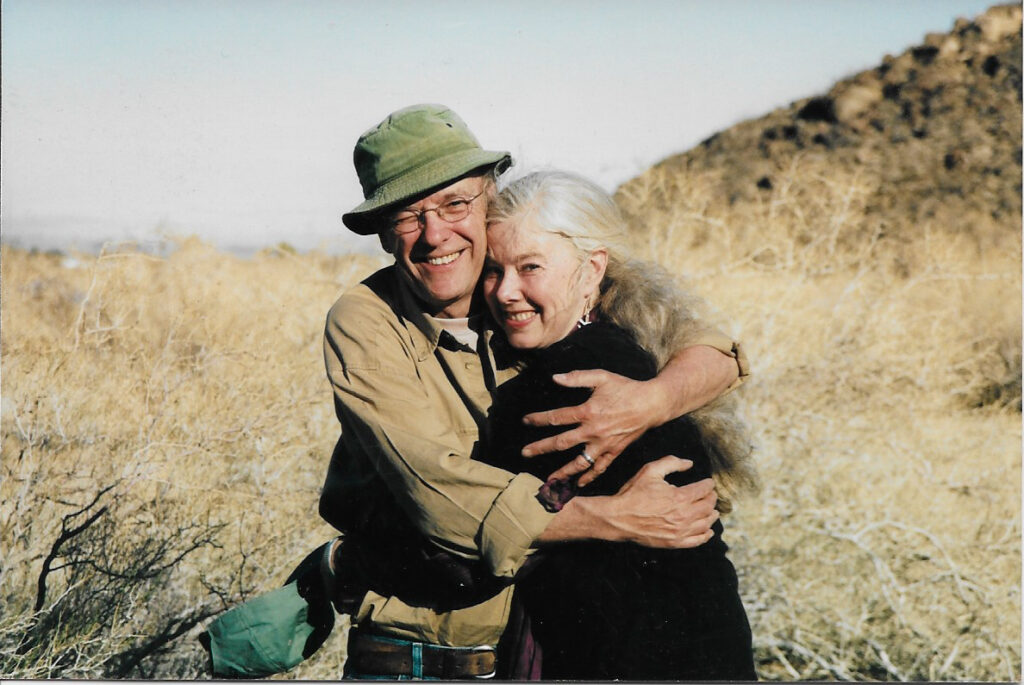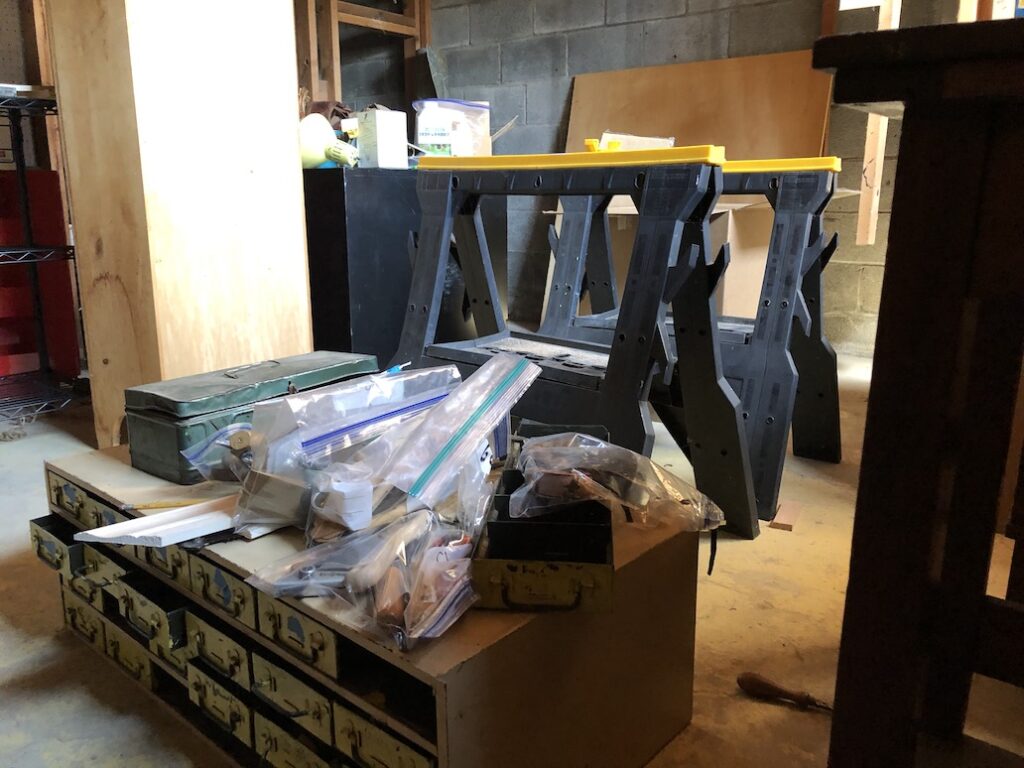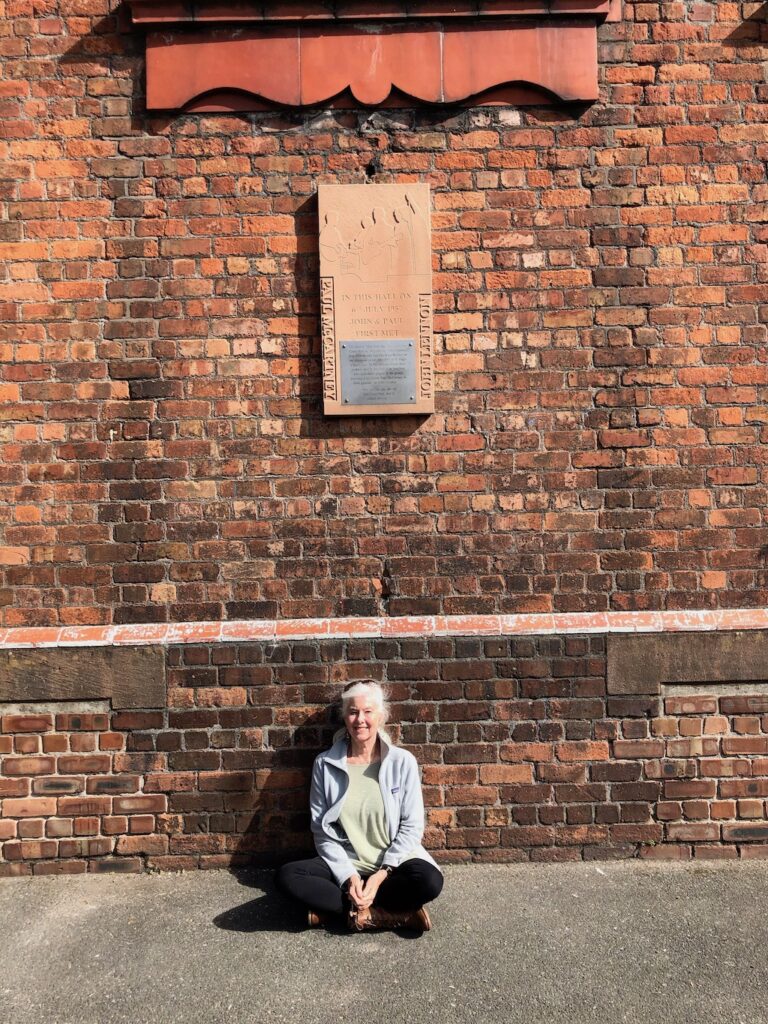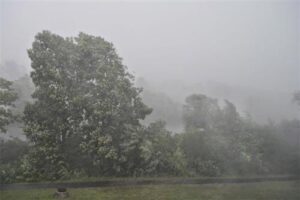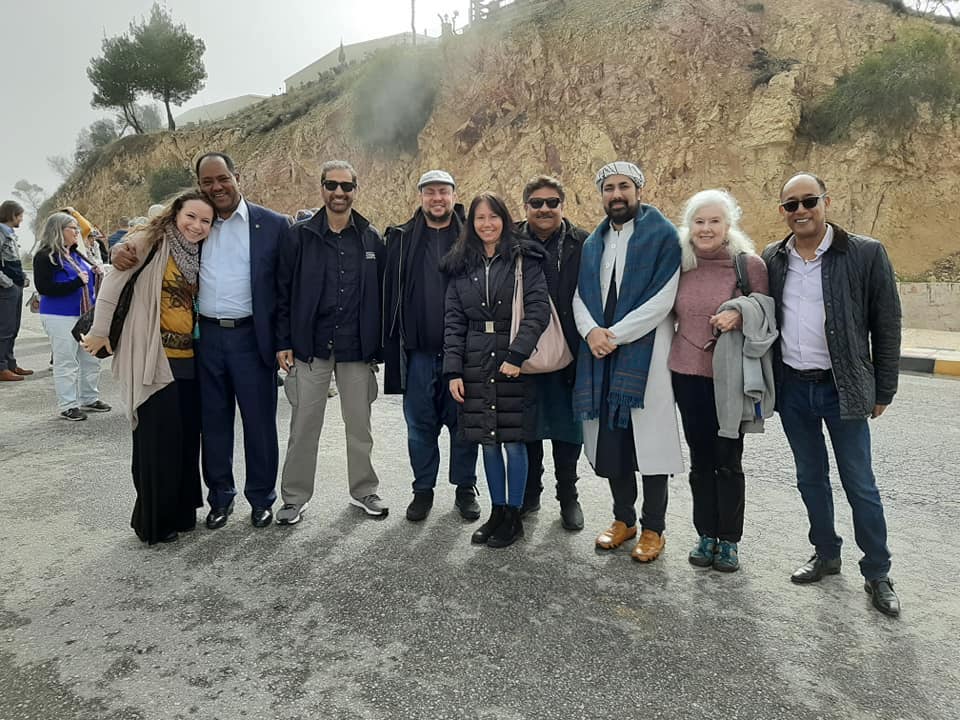A few months ago, my friend J. and her husband adopted a rescue dog. Finley, who is five years old, has a very troubled past. She was a laboratory dog who was repeatedly impregnated. Then, as soon as her puppies were born, they were taken away from her, so that scientists could study a hereditary disease that she carried.
J. said that when they first got their new dog home, she showed no curiosity at all. She did not respond to affection and was terrified to leave her crate.
I visited my friends last weekend and, though I am not a dog-lover, I felt sorry for this troubled animal. On the second morning of my visit, J. suggested I might like to watch as she took Finley outside for her morning playtime. I stood discreetly in an upstairs window, as my presence on the deck the afternoon before had clearly made the dog nervous. Now she actually wagged her tail after J. had gently coaxed her down the steps to the lawn. When J. tossed her ball, Finley chased after it, picked it up, and then ran back with it. Watching her little legs, so long forced into immobility, as they trotted across the green grass was oddly moving. It was as if Finley was remembering how to be a dog, loved and played with.
But sometimes some noise from the street would alarm her, and she would freeze and look nervously in the direction of the source. She would recall her old instinct that it was necessary to be vigilant at all times, for surely danger lurked
How many times I have done the same thing: paused in the middle of pleasure with the sense that it was somehow unjustifiable. When I was falling in love with my husband, I worried that he would die. When my first book was about to be published, I feared that a catastrophic world event would abort the process. Even at simple moments of relaxation, I have seized up with panic that I was not paying sufficient attention to something imminent and worrisome.
I hope Finley becomes a relaxed and happy dog, able to take walks, sniff out her world, and play with abandon. I hope she’ll cease to rely on those behavioral necessities that her past inflicted on her. And I hope those of us who exhibit our version of “Uh-oh! Is it safe to have fun?” will take encouragement from Finley’s little steps making the progress of play across the green yard and that we, too, will realize, Yes, in this moment I’m fine and nothing more is demanded of me.
